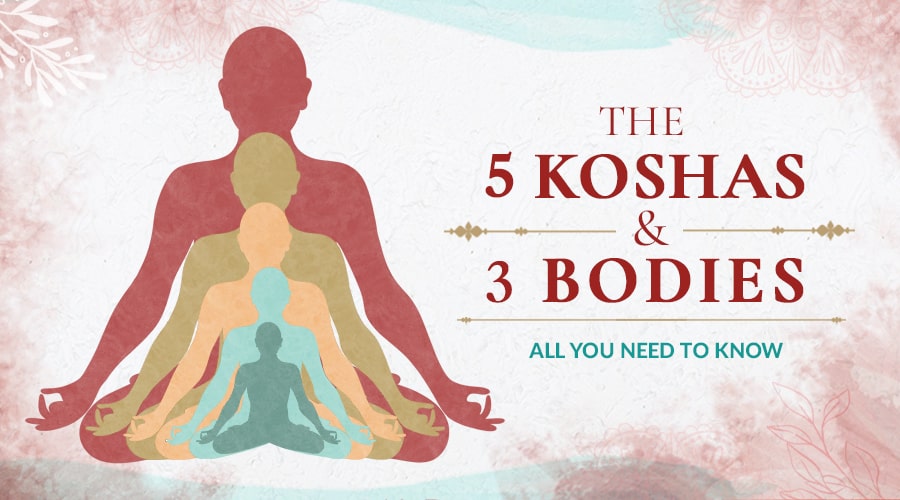Have you ever wondered about the true nature of your being? Who are you beyond your name, job title, and physical appearance? Yoga philosophy teaches us that the human being is not just a physical body of bones, muscles, and blood, but three complex bodies consisting of multiple layers that are essential to our existence. We know these layers as the five koshas, and they hold the key to unlocking the knowledge of the true Self.
In this blog, we will explore the 3 bodies and 5 koshas in yoga, diving deep into the layers of our being and discovering the essence of who we really are. Join us on this journey of self-discovery and unravel the mysteries of the self through the ancient wisdom of yoga philosophy.
What is the Concept of the 3 Bodies in Yoga?
According to yogic philosophy, human beings have 3 bodies: the physical body, the astral body, and the spiritual body, commonly known as the soul. They are all interconnected via the vital life force energy: prana. To truly understand the 3 bodies and the role they play, we need to dive a little deeper.
1. Physical (Gross) Body
When you look at yourself in the mirror, what do you see? You might say two eyes, a nose, hands, and so on. These are the tangible aspects of the human body that make up the physical body. Also called the gross body, this body includes our muscles, bones, organs, and all the other parts that make up your physical form. Essentially, everything you can see with your eyes or touch with your hands is your physical body.
Beyond the surface, the gross body is made up of five primary elements: earth (prithvi), water (jal), fire (agani), air (vaayu), and ether (akasha). That is why we need a daily intake of these five elements to maintain our physical body.
The ancient science of Ayurveda is based on the principle that these five elements must be regularly refreshed to keep the body healthy and free from disease. In yoga, we often practice asanas (yoga postures) and meditation to balance the elements and maintain the health and vitality of our physical body.
The physical body is the tool body. We need it for doing anything in this physical world. For example, we need a pen to write on the board, but it is not the pen that writes; we write with the use of the pen.
2. Astral (Subtle) Body
The astral or energetic body is the subtle body that underlies the physical body. Also known as Sukshma Sarira, the subtle body is the bridge between the physical and spiritual bodies. This layer is not visible to the human eye, but is the source of our thoughts, feelings, and actions. The subtle energy channels known as nadis and the chakras lie in this body. The subtle body is made up of 19 elements in total:
5 Organs of action (Karma indriyas):
- Vak (organ of speech)
- Pani (hands)
- Pada (feet)
- Upashtam (genitals)
- Payu (anus, the organ of excretion)
5 Senses of knowledge (Gyan indriyas):
- Tvak (to feel)
- Jivha (to taste)
- Grahna (to smell)
- Shotra (to hear)
- Chakshu (to see)
4 Elements of Antahkarana (inner instruments):
- Mind
- Intellect
- Subconscious
- Ego
5 Pranas (Panch vayu):
- Udana
- Prana
- Samana
- Apana
- Vyana
Also Read - What Is Karma Yoga?
The Five Pranas
The subtle body needs pranas or the vital forces for its functioning. Pranas are the subtle energies we need for life activities like thinking, speaking, moving, digesting etc. Practices such as yoga, pranayama (breathing exercises), and meditation work to balance and harmonize our subtle body. There are five kinds of major pranas. These are:
1. Udana Prana
Udana refers to the energy or vital force situated above the heart. Udana controls the bodily processes in this region like the brain, eyes, nose, and hands. We get udana prana from the element space. The space element lies above the air in our atmosphere. That is why we absorb more of the space element where the sky is clear.
2. Prana Prana
Prana prana functions explicitly in the region of the heart and is responsible for regulating the heartbeat. So, we can thank prana prana for a healthy heart. We get prana through the air element. Through the practice of pranayama, you can learn to control your breath and improve the flow of prana to the heart. This can promote cardiovascular health and emotional well-being.
3. Samana Prana
Samana is the vital force responsible for facilitating digestion and metabolism in the human body. We get this energy from the sun and physical exercise. Samana is located in the Solar Plexus, four fingerbreadths above the navel, just below the rib cage.
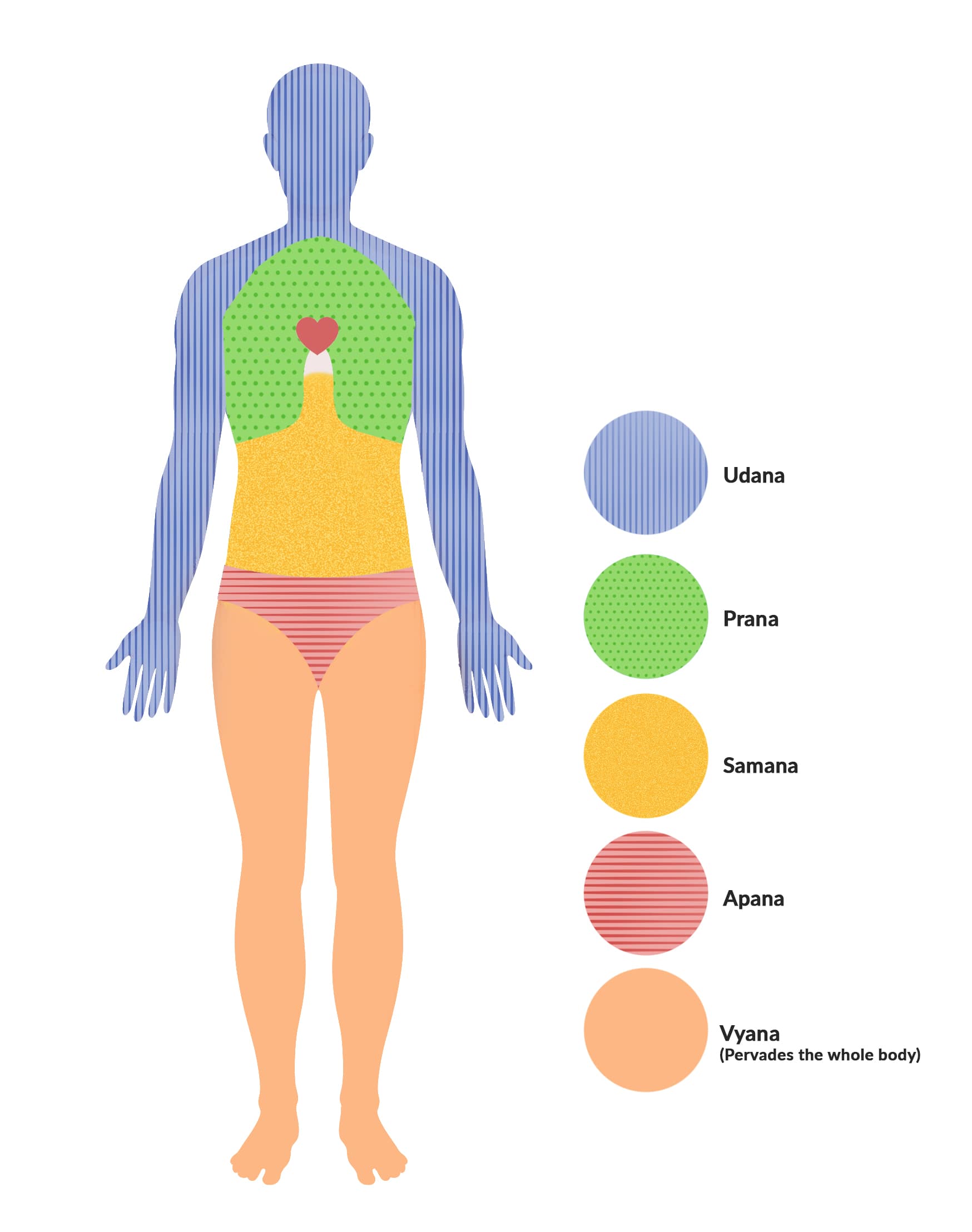
4. Vyana Prana
Vyana is an essential force of circulation and movement. It is responsible for the circulation of blood and other bodily fluids throughout the body. We get this prana from water, which is crucial for maintaining the fluid balance in the body. Vyana is located three fingers below the navel, although Ayurveda recognizes the heart as its primary location.
5. Apana Prana
Apana is the force of excretion. This prana eliminates and expels waste and toxins from the body. We can get apana by consuming earthy foods, such as root vegetables, grains, and legumes. Apana is located in the pelvic region, which includes the lower abdomen, hips, and reproductive organs.

Discover yoga philosophy principles to boost your happiness
Get free access to a life-changing series of 6 webinars with Arhanta Yoga founder Ram Jain
3. Spiritual (Causal) Body
The spiritual or causal body is the seed body. This body continues through all your lives and stores subtle impressions, in the form of karma, of everything that has happened to you in this life and past lives. This means that the causal body determines the development of the gross and subtle bodies in the next life. When we die the spiritual body takes a new physical and astral body. This process is called reincarnation, meaning “again in flesh.”
The spiritual body is also the body that connects us to the divine. As a result, we can use it as a vehicle to reach the ultimate goal of our practice: enlightenment or self-realization. The elements of the spiritual body are:
- Soul
- Karma account
- Free will
- Samskara
The 5 Koshas (Sheaths) Explained
So, what are koshas? The 5 koshas are located within the 3 bodies. Meaning "sheath" or "covering" in Sanskrit, the koshas are five layers encasing the Pure Consciousness (Purusha) or Self (atman). In Sanskrit, they are called Annamaya Kosha (food sheath), Pranamaya Kosha (sheath of prana or life), Manomaya Kosha (mind sheath), Vijnanamaya Kosha (knowledge or wisdom sheath), and Anandamaya Kosha (bliss sheath).
Also Read- Sanskrit Mantras to Uplift Your Practice & Life
The 5 koshas, or layers, act as a roadmap for our journey of self-discovery. By understanding and working through each of these layers, we can gradually move towards a state of greater awareness and self-realization. Let’s explore each kosha in more detail.
1. Annamaya Kosha: Food Sheath
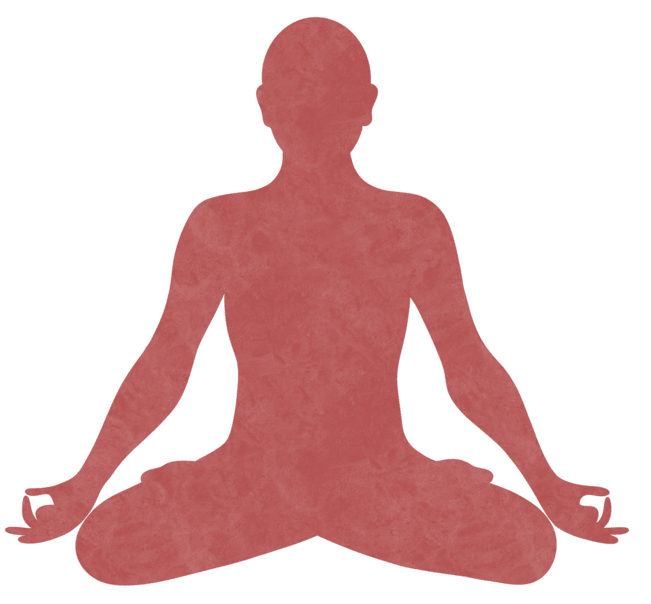
The first and outermost layer of the Self is Annamaya Kosha, which literally means food sheath. It is the physical body made of matter, which includes the skin, bones, muscles, organs, and other tissues. This kosha is responsible for our basic survival needs, like food, water, and shelter. It is through the Annamaya Kosha that we experience the physical world and interact with the natural environment around us.
2. Pranamaya Kosha: Vital Sheath
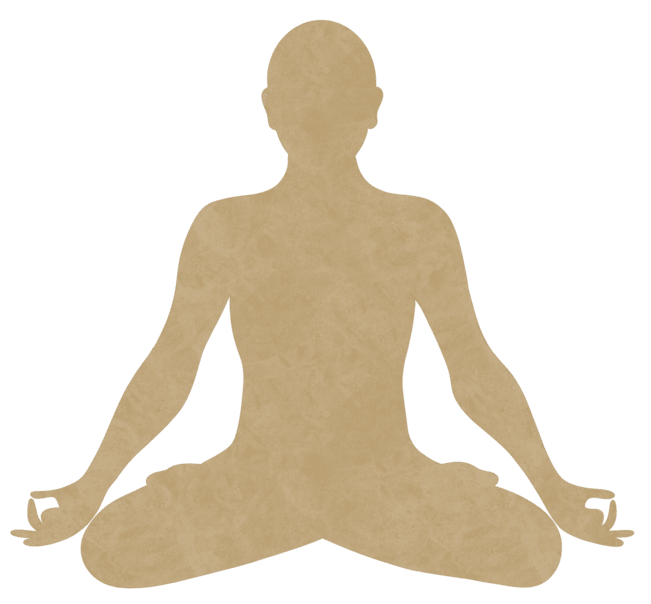
The Pranamaya Kosha is the energy sheath of the body. This kosha is made up of the five major pranas mentioned above, helping flow life force energy throughout the body. As a result, Pranamaya Kosha plays an important part in the vital functions we need to stay alive, such as breathing, digestion, and circulation.
3. Manomaya Kosha: Mental Sheath
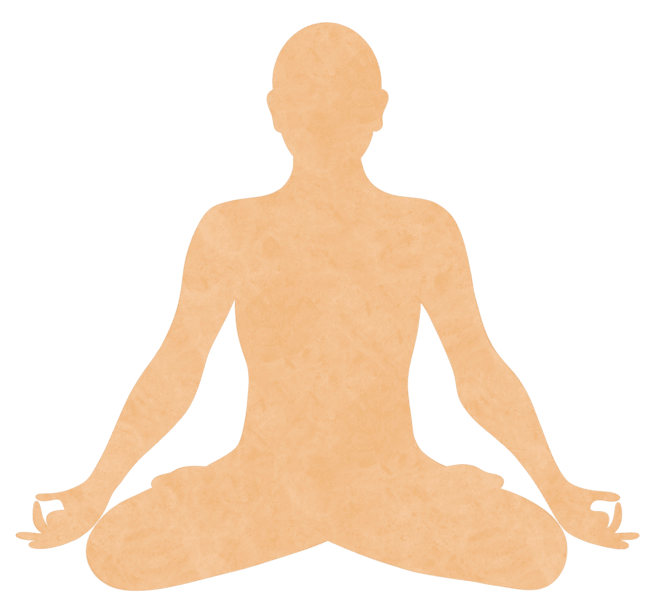
Manas means mind. This kosha is the mental sheath of the body, and consists of our feelings, thoughts, emotions, memory, and imagination. This kosha is responsible for our cognitive functions, like memory, perception, and reasoning, and is where we process our experiences and emotions.
4. Vijnanamaya Kosha: Intellectual Sheath
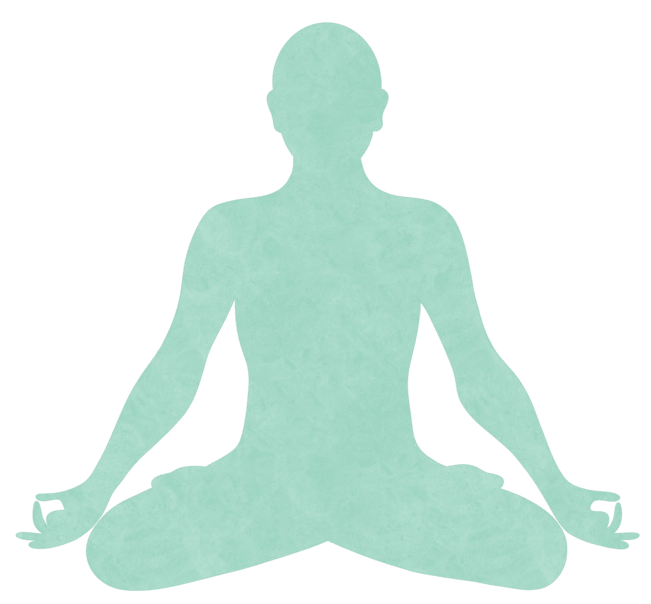
Meaning knowledge or wisdom, Vijnanamaya is the sheath that sets human beings apart from animals. While we can both experience emotions and deep connections, only human beings have the intellectual ability to determine right from wrong and eternal from illusory.
Our intellect, intuition, and inner wisdom are all part of the Vijnanamaya Kosha, making it a key factor in our spiritual growth and development. This kosha is also where we connect with our innermost selves and experience a sense of unity with the universe.
5. Anandamaya Kosha: Blissful Sheath
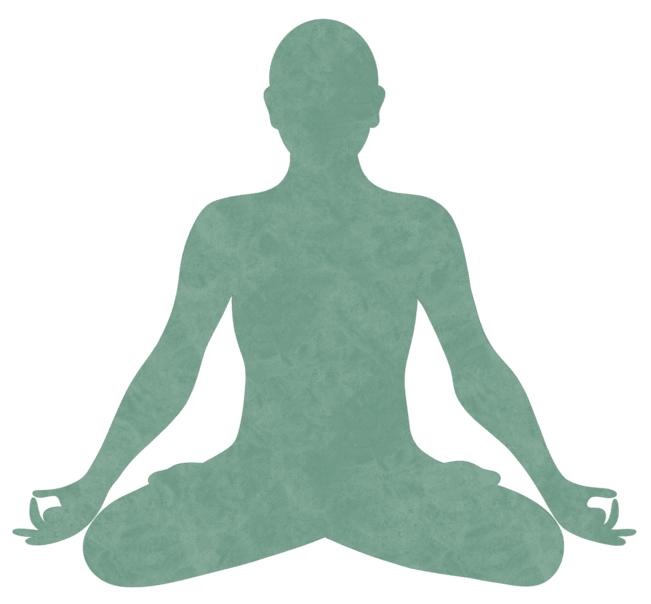
Anandamaya Kosha is the bliss-filled sheath. It is the finest and thinnest veil covering the Self (atman) and is also known as the level of the soul. The blissful sheath is what allows us to feel joy, love, and happiness. It is also responsible for our spiritual contentment and liberation, and where we experience our interconnectedness with all things.
How to Transcend the 5 Koshas
The earliest mention of the 5 koshas can be traced back to one of the oldest Sanskrit texts, the Taittiriya Upanishad. The Taittiriya Upanishad teaches us that the goal of human life is to transcend these 5 koshas and realize the true nature of the Self, which is beyond all the layers of existence.
Only by diving into the 3 bodies and peeling away the koshas can we find our true nature and access deeper levels of consciousness and realization. As each sheath is entirely different, we use various methods to transcend its layer and journey further into the Self.
Annamaya Kosha
To transcend the Annamaya Kosha means to understand that you are more than your body and can move beyond the physical body's limitations. We can tap into deeper levels of our consciousness through regular asana practice and a proper diet.
Pranamaya Kosha
To transcend the Pranamaya Kosha is to understand that you are more than your energies. Through regular practice of pranayama, you can develop greater awareness of the breath and the subtle energy of the body. This can lead to a deeper understanding of the connection between the physical, mental, and spiritual aspects of your being. It also helps to calm the mind, reduce stress and anxiety, and improve overall health and well-being.
Manomaya Kosha
To transcend through Manomaya Kosha means to understand that you are more than your mind. Practicing yamas and niyamas, and engaging in selfless service can help you transcend the boundaries of the Manomaya Kosha and access more profound levels of consciousness. This can garner a greater sense of inner peace, compassion, and unity with yourself and others.
See - What Are the Eight Limbs of Yoga?
Vijnanamaya Kosha
To transcend through Vijnanamaya Kosha means to understand that you are more than your intellect and your capability to analyze. The study of scriptures, right inquiry (Who am I?), and meditation, are all common methods to penetrate and reach past the Vijnanamaya Kosha.
Studying scriptures and practicing self-inquiry enables us to cultivate wisdom and understand the nature of reality and the purpose of existence. Meditation is also a powerful tool to quiet the intellect and travel beyond the limitations of the physical body and mind.
Anandamaya Kosha
Samadhi is an effective way to transcend the Anandamaya Kosha. Samadhi is a state of deep meditation in which you become completely absorbed in the Self and experience a state of pure consciousness. In this state, you can transcend the limitations of the maya (illusion) and experience the true nature of the Self.
However, it's important to note that the practice of Samadhi requires years of dedicated practice and guidance from an experienced teacher. It's not something that can be achieved overnight.
What is the Difference Between Koshas and Chakras?
As explained above, koshas are the five layers or sheaths that make up the physical, emotional, mental, and spiritual aspects of the Self. Chakras, on the other hand, are 7 energy centers located along the spine that maintain the balance of different physical and emotional aspects of the Self. This includes the Root Chakra, Sacral Chakra, Solar Plexus Chakra, Heart Chakra, Throat Chakra, Third Eye Chakra, and Crown Chakra.
While both koshas and chakras describe different aspects of the human body and consciousness, koshas focus more on the layers that cover the Self, while chakras focus on the energy centers in the subtle body. Both concepts are important in yogic practice and can be explored through various techniques, such as asana, pranayama, mudras, and meditation and chanting.
Final Thought
The 3 bodies and 5 koshas are a path towards realizing our true nature. By working through each layer of the koshas, we can gradually peel away the layers of illusion and come closer to experiencing the true essence of our being. Learning how to identify and transcend the 5 koshas in the 3 bodies demand years of practice and dedication, but if you can persevere on the path to self-discovery, you can unlock a deeper state of consciousness and discover the true nature of your being.

Discover yoga philosophy principles to boost your happiness
Get free access to a life-changing series of 6 webinars with Arhanta Yoga founder Ram Jain

